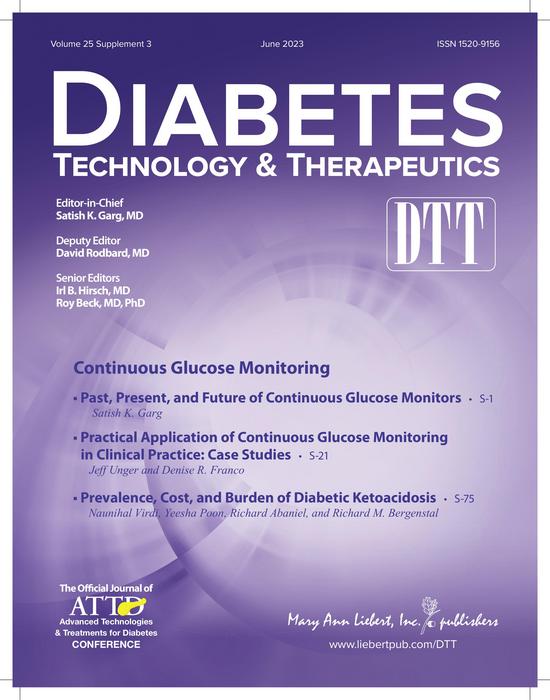
Credit: Source: Schachtrup lab / University of Freiburg
Neural stem and progenitor cells (NSPCs), from the so-called subventricular zone (SVZ), can help to repair a brain damaged by central nervous system disorders. It is known that the microenvironment within the SVZ directs the differentiation of stem and progenitor cells (NSPCs) toward cells in the nerve tissue. However, researchers have not yet been able to explain why NSPCs do not develop into neurons after injuries to the central nervous system, but rather into astrocytes. Astrocytes play a major role in the formation of scars and thus interfere with the regeneration of the nerves in the central nervous system. A team led by Prof. Dr. Christian Schachtrup and Lauriane Pous from the Faculty of Medicine at the University of Freiburg has now succeeded in analyzing a further step in these processes in the brain. The scientists present their results in the current issue of Nature Communications.
Schachtrup and his team show that, following damage to the cerebral cortex of mice, fibrinogen from the blood is enriched in the stem cell niche of the SVZ, which is located further inside the brain. Fibrinogen is a blood coagulation factor and a precursor of the protein fibrin, which coats and stabilizes the blood platelets that gather at the site of a vascular injury. Fibrinogen inhibits the neuronal differentiation of NSPCs, the researchers discovered. At the same time, the enriched fibrinogen leads to increased astrogenesis, i.e. the formation of new astrocytes, as fibrinogen activates the so-called BMP receptor signaling pathway. By experimentally reducing fibrinogen, for example by adding the snake venom Ancrod, the astrocyte formation from NSPCs was blocked, which is why only reduced scars developed.
“The discovery that an important blood coagulation protein, fibrinogen, can induce an astrogenic milieu in the SVZ stem cell niche, which determines the contribution of NSPCs to repair mechanisms in CNS diseases, has potential implications for several processes in CNS diseases in different stem cell niches,” says Schachtrup. With his research, the Freiburg researcher hopes to contribute to making neuronal regeneration processes more treatable through drugs or cell replacement therapies.
###
Media Contact
Dr. Christian Schachtrup
[email protected]
0049-761-203-5101
Original Source
https:/
Related Journal Article
http://dx.





